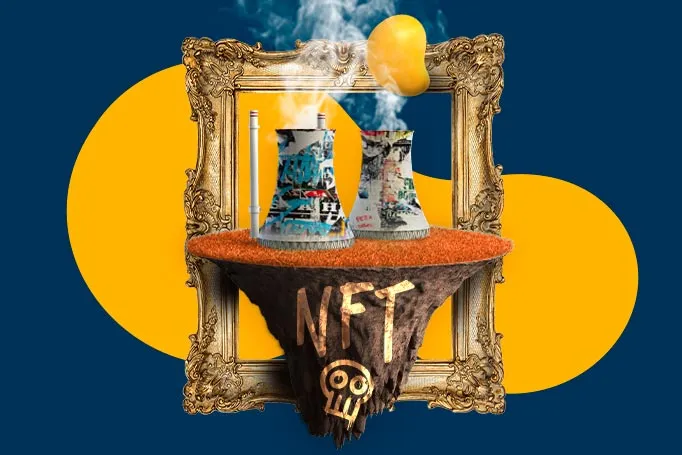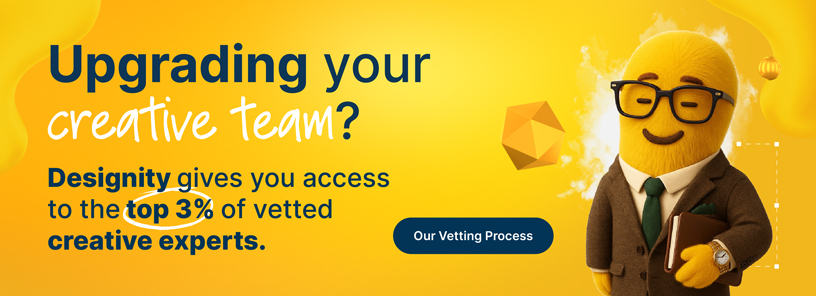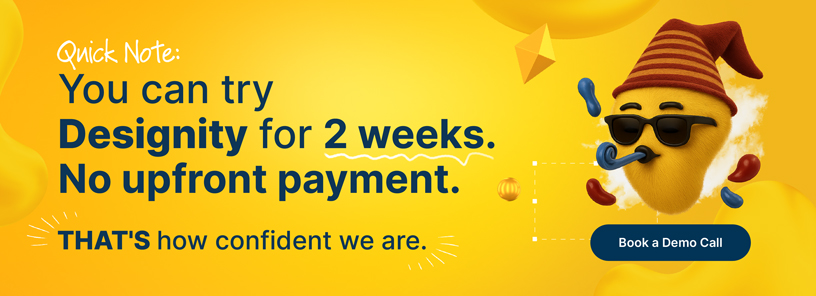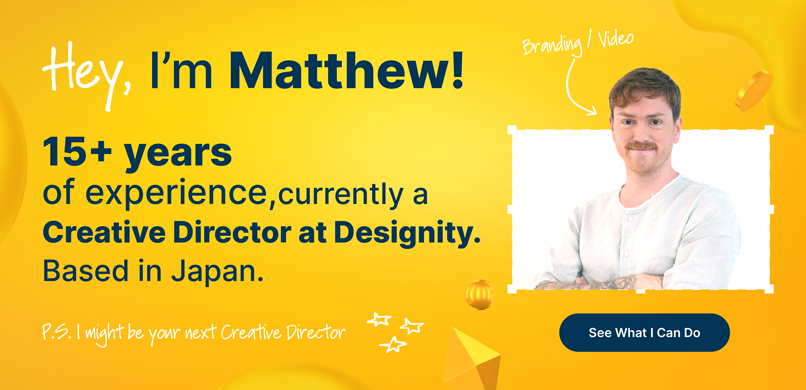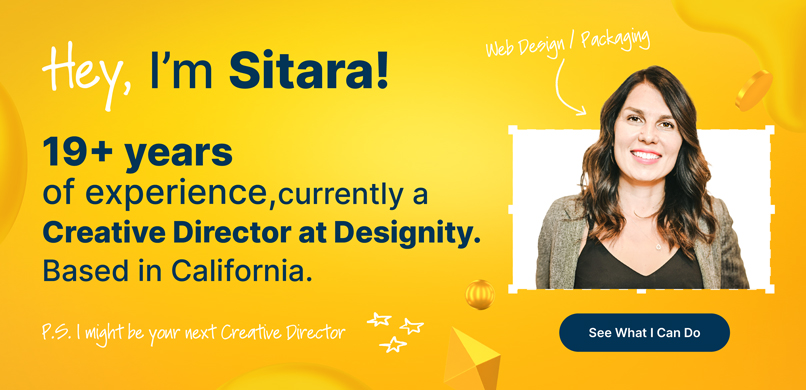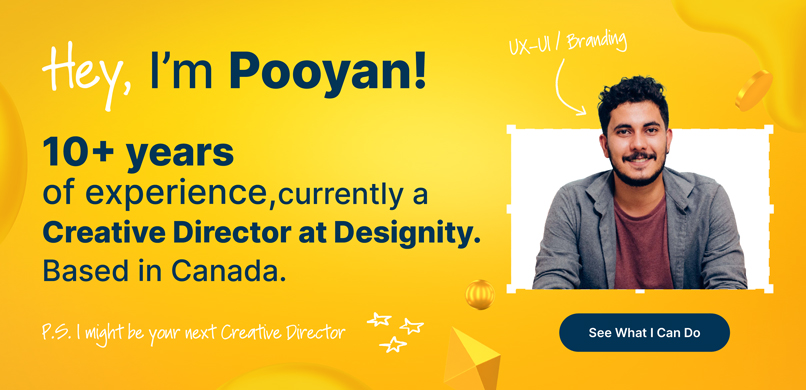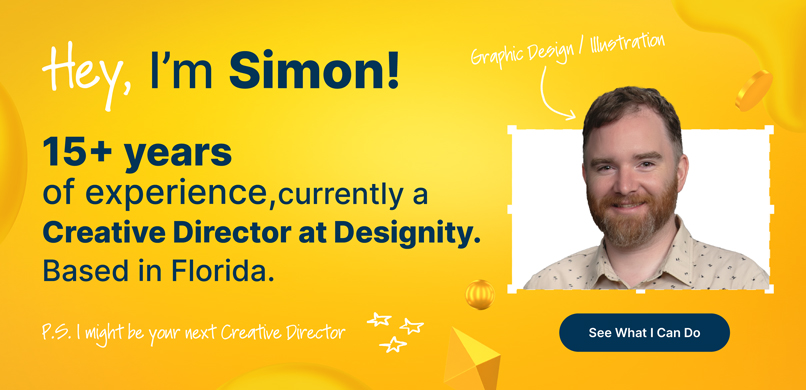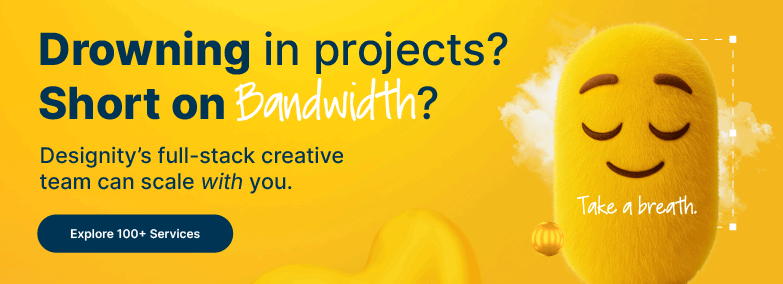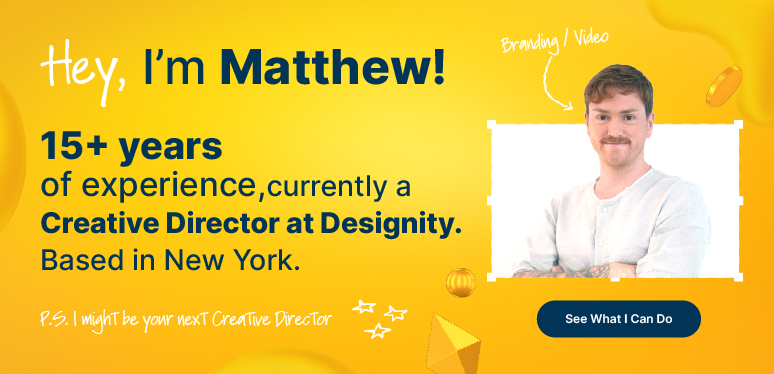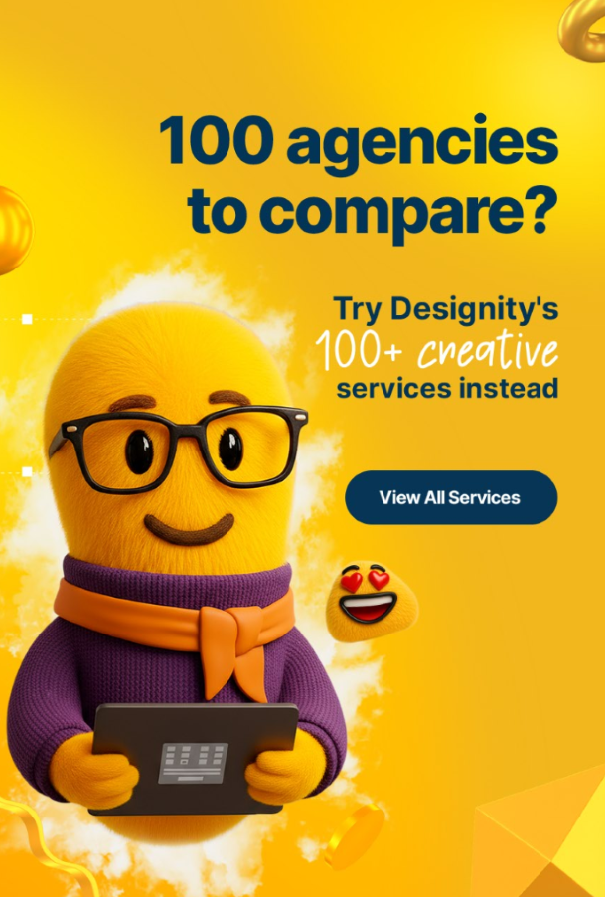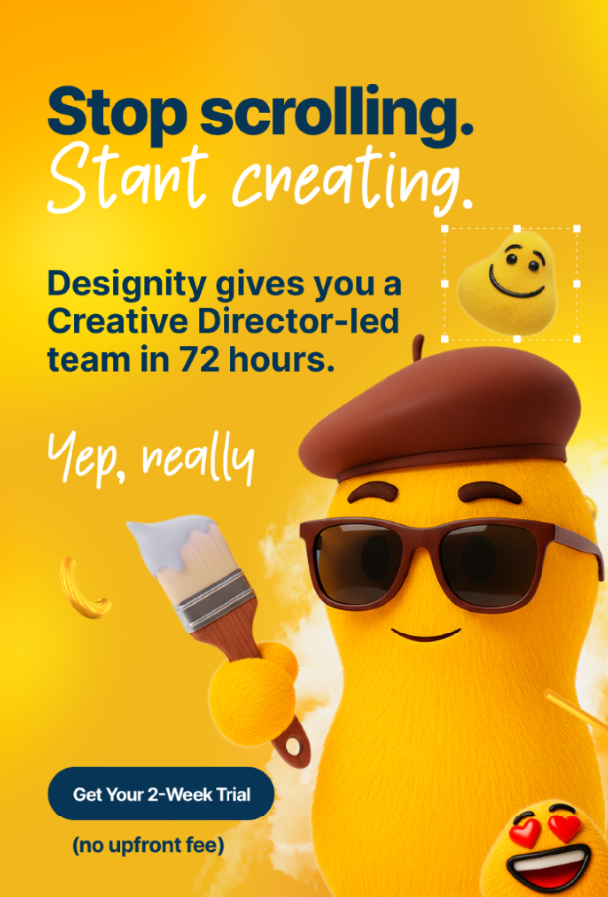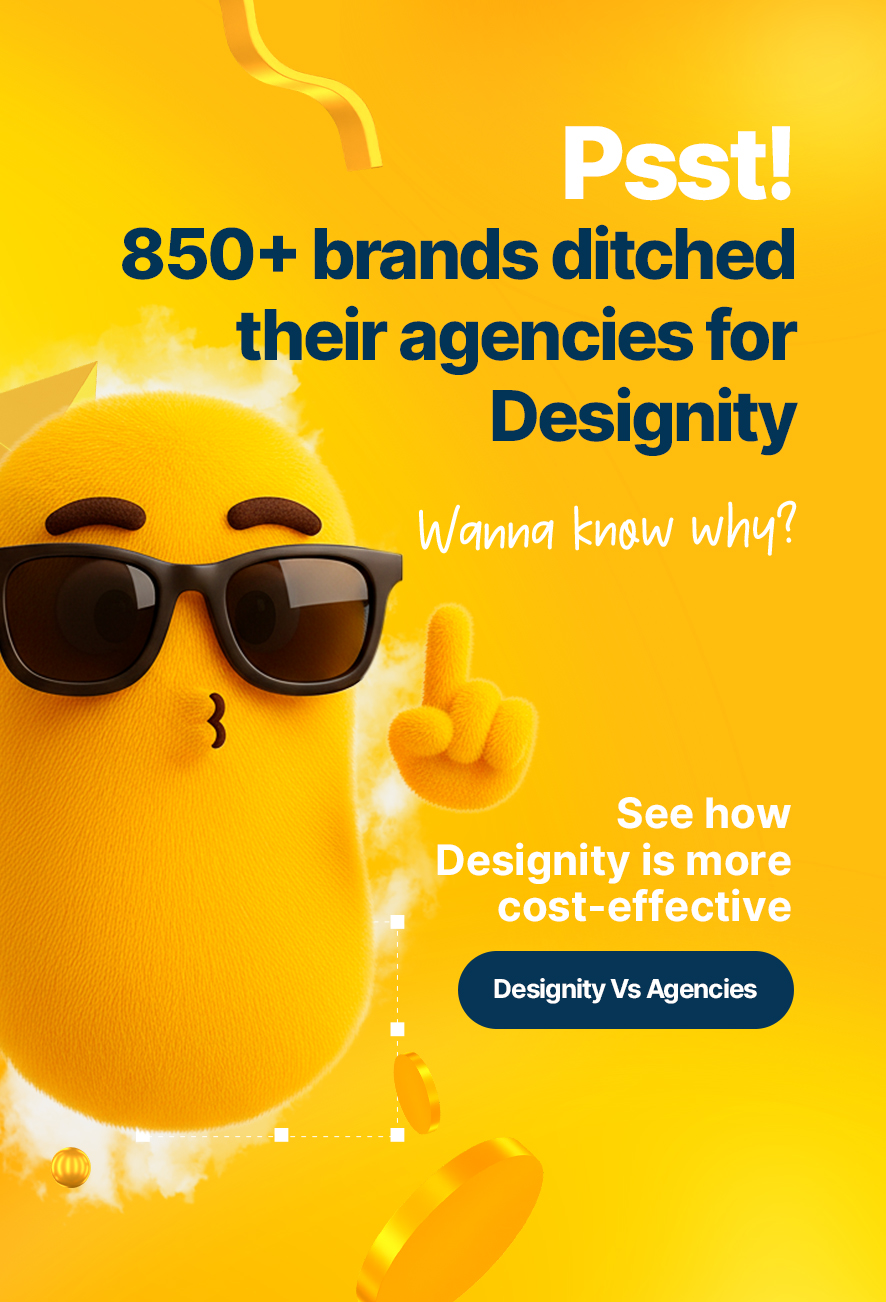The words ‘NFT’ and ‘environment’ are not two that we typically put together, at least outside of the crypto world.
NFTs (non-fungible tokens) are digital assets that live in the Ethereum blockchain and are bought using cryptocurrency. They aren’t just limited to digital artwork as most would assume. Almost anything can be an NFT including digital items like gaming sleeves or music.
So, how could they possibly be bad for the environment if they are digital?
There’s been quite a bit of controversy among environmentalists, NFT owners, and digital artists over the sustainability of digital art, the path to purchasing them, and blockchain technology in general.
Considering the millions of dollars spent on NFTs per month, you can gauge just how popular they have become and why their environmental impact raises concerns.
In this blog, we’re going to discuss the environmental impact and energy consumption of NFTs and the path to a more sustainable digital future.

How NFTs affect the environment.
The simplest way to answer this question is just to cut right to the chase. NFTs themselves aren’t bad for the environment in the traditional sense. What is bad for the environment is how NFTs are stored, minted, and sold on the Ethereum blockchain.
It all comes down to the mining process and the processing power that is needed to support the volume of NFTs hitting the market today. Especially when it comes to buying and selling NFTs.
There are two ways to do this:
Proof of Work (PoW) and Proof of Stake (PoS).
What is Proof of Work?
If you are in the NFT marketplace or know how it works, you understand what Proof of Work or PoW is. For those of you who may not understand, Proof of Work is a process involving very complex mathematical equations that ensure that transactions are not repeated on blockchain platforms, sustaining the security of decentralized applications.
Virtual miners will literally ‘mine’ transactions made with your specific cryptocurrency codes on the blockchain in a race to be the first to solve the puzzle. According to coinbase, the winner gets to update the blockchain and is rewarded with a certain amount of cryptocurrency (most likely Bitcoin).
For the Bitcoin blockchain, this isn’t such a large problem because their miners are only mining for Bitcoin transactions. Ethereum mining, however, is much more intensive because miners have to mine the minting, listing, and sales of NFTs in addition to smart contracts and Ethereum crypto transactions.
This process is highly energy intensive because of the massive amount of computing power that it takes to mine transactions, no matter which blockchain those transactions live on.
<div class="c-blog_comp-cta cc-component-1"><div class="c-blog_comp-cta-left"><div class="c-blog_comp-cta-left-wrap"><img src="https://global-uploads.webflow.com/61cdf3c5e0b8155f19e0105b/6334d81a29c751ccd8c26638_brain-orchestra.png" loading="lazy" alt="" sizes="(max-width: 479px) 93vw, (max-width: 767px) 96vw, 363px" srcset="https://global-uploads.webflow.com/61cdf3c5e0b8155f19e0105b/6334d81a29c751ccd8c26638_brain-orchestra-p-500.png 500w, https://global-uploads.webflow.com/61cdf3c5e0b8155f19e0105b/6334d81a29c751ccd8c26638_brain-orchestra.png 500w" class="c-blog_comp-cta-left-img"></div></div><div class="c-blog_comp-cta-right"><div class="c-blog_comp-content"><div class="c-text-wrapper cc-mb-32"><div class="c-title-4 cc-bold"><strong>Want to save money without sacrificing the quality?</strong></div></div><div class="c-text-wrapper"><div class="c-text-2">Say goodbye to traditional, expensive agencies and unreliable marketplaces. Say hello to Designity.</div></div></div><div class="c-blog_comp-wrapper"><a href="/pricing" target="_blank" class="c-button cc-primary cc-inverted w-button"><strong>Get Your 2-Week Trial</strong></a></div></div></div>
What is Proof of Stake?
Because of the different types (and the load) of transactions that Ethereum was contending with, their blockchain wasn’t scalable. This is why, in late 2020, Ethereum launched ETH2, a second blockchain to support newer innovations like NFTs and the massive demand for them.
Enter Proof of Stake (PoS).
Proof of Stake is Proof of Work’s more sustainable cousin. According to Investopedia, PoS is validation sharing across a cryptocurrency network instead of a validation competition. The way that it works is a little bit confusing if you aren’t familiar with the world of cryptocurrency and blockchain, but we’ll try to condense it.
- A validator’s (PoS) sole mission is to check transactions by preserving records, voting on outcomes, and verifying activity. It’s much more collaborative than mining, requiring several validators to verify one outcome.
- A miner’s sole mission (PoW) is to solve complex mathematical problems to ‘mine’ transactions on the blockchain. Miners work alone instead of in tandem.
Another thing to note is that validators invest their own cryptocurrency, or a stake, to validate transactions.
In the end, the validator still wins crypto in exchange for the validation, but they have to put up a stake in order to be able to validate. Some crypto enthusiasts argue that PoS gives an unfair advantage to wealthier crypto owners because the more stake you offer, the more transactions you can validate.
The problem with PoW vs PoS
A key difference between PoS and PoW is that the mining or validating is done on the crypto owner’s own machine which requires less computing and processing power than PoW miners who have to use specially crafted machines, or rigs, that use a ton of processing power and a ton of energy.
Because validating vs mining is collaborative, it takes less processing power for validators to validate the block.
.webp)
What does this have to do with NFTs?
NFTs are only compatible with solutions built using Ethereum and every action, from listing to minting, is considered a transaction. Just like any other transaction, everything that happens with an NFT needs to be validated or mined.
What most people don’t realize is that just because something is digital doesn’t mean that there aren’t resources involved. Computing takes energy, and crypto mining and validating use a massive amount of it.
NFTs have become wildly popular since their inception. Almost every industry is jumping into the NFT market, along with celebrities, influencers, and artists. The real question now is…
How can we make NFTs greener while still protecting the integrity of decentralized finance?
Lessening the environmental impact of NFTs.
The vast majority of people don’t realize that computing leaves a footprint on the environment. This is especially true in cryptocurrency— a concept that many people still don’t understand. For many, NFTs are an easy-to-digest way to dip into the crypto world, hence their popularity.
Luckily, efforts are being made by companies like StarkWare and Immutable X amongst others to limit the carbon footprint of NFTs, but it’s a slow process.
If there’s anything that we can look forward to in the near future, it’s that NFTs do have a sustainable and greener future. It’s just going to take some time for us to get there.
Ready to start your brand’s NFT journey? Sign up for your two-week trial and experience the best NFT graphic designers and creative directors in action.
